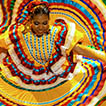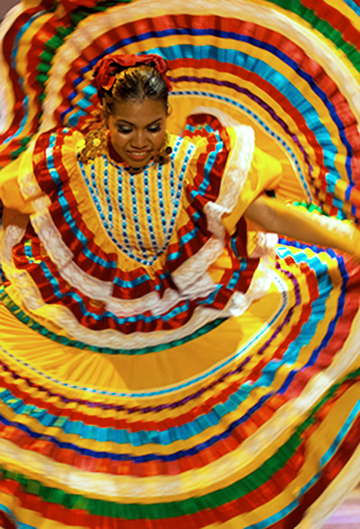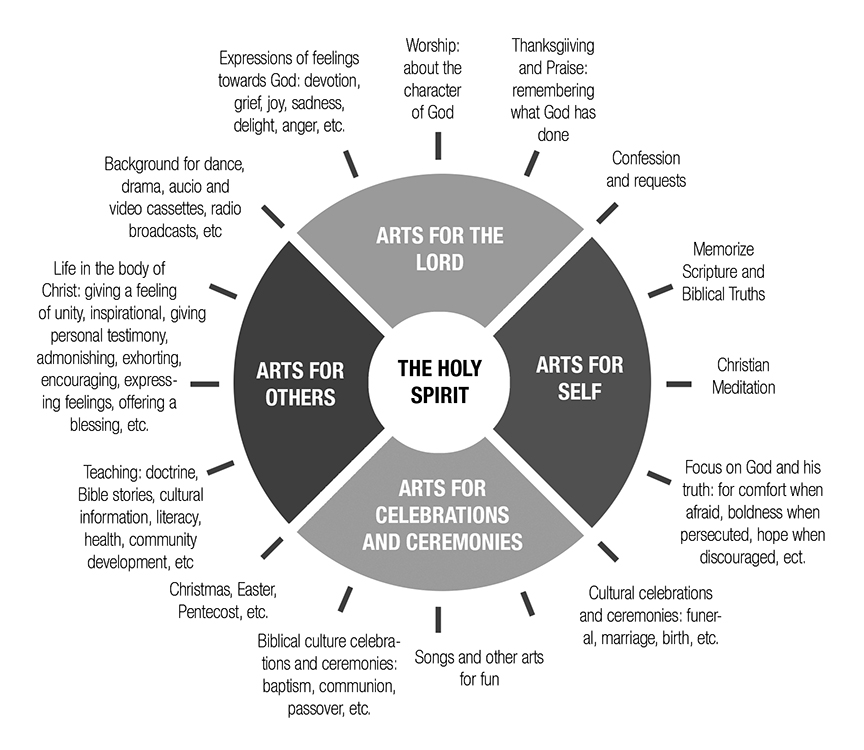The Worship Wheel

We developed the Worship Wheel as a tool or set of modules for use in arts workshops with Christ-followers from indigenous minority groups in Asia.1 Many workshop participants have responded positively to this tool, and other workshop leaders throughout the world have reported on its usefulness in their specific contexts.
 It is based on the idea that, depending on the culture, arts can be used for a wide variety of purposes, as they are combined with beneficial texts. These arts and their texts can be directed toward:
It is based on the idea that, depending on the culture, arts can be used for a wide variety of purposes, as they are combined with beneficial texts. These arts and their texts can be directed toward:
- Us, the creators
- Others
- God or
- Various combinations of all three.
Although there were already beneficial uses of arts in many communities prior to the coming of the gospel message, we had observed in our work that borrowed and translated arts were often being used for these purposes at the expense of the local arts.
While the Worship Wheel can be used for liturgical development, it is also intended for use in the larger sense of “worship” as service to the Lord through transformed lives. This worship involves offering ourselves and our cultures as a living sacrifice of praise, where there is no need to conform to forms of worship imported from the rest of the world (Rom 12:1,2). The Worship Wheel has proved to be a useful tool, not only for contextualizing worship experiences at church gatherings, but also for engaging with communities outside of the church. It has often been used as a practical way to encourage believers who are cultural insiders to reflect on many possible ways to use the music and arts of their culture as acts of worship within their communities and throughout their lives.
The Worship Wheel is usually one of the last sets of activities we lead during an arts workshop. Sometimes we have even had to wait for follow-up workshops, especially if no local composers were present at the workshop. Together with the participants, we need to first deepen our understanding of how music and the arts are typically used within their communities. We also need to help them realize that we are not trying to impose forms used by other communities, nor are we trying to push people to create unnatural or inauthentic expressions of their faith. Usually we wait until people are already creating arts in natural and authentic ways. At that point, this tool helps them find a wider variety of culturally appropriate artistic genres, themes, and uses that may even incorporate other arts as well.
After various arts genres and their uses have been explored, and at least some arts have been created, we reflect on how some of these genres are used and how they might be adapted as expressions of a believer’s life and faith. We begin by presenting only the inner four parts of the wheel, which consist of the following categories:
- Arts for yourself
- Arts for others
- Arts for the Lord
- Arts for celebrations and ceremonies
Often we present and explore just one of these categories at a time, depending on the genres and uses that the group has already explored. But these four categories are not mutually exclusive. The advantage of the four categories is that they help participants think of types of arts not yet explored in the workshop. These new types include some that believers had not previously thought of using to express their faith.
 The outer part of the diagram—at the ends of the arrows—is derived from previous workshops and is a guide to help the leaders them spark ideas, preferably from arts genres and contexts discussed previously by the group. Not every use listed on the outer part of the diagram will be relevant or appropriate in every context, and often groups will offer new ideas. The list is always expanding and changing, depending on the culture to which the activities are applied. Every group is different, and the participants will benefit most from the activity if the ideas come from them.
The outer part of the diagram—at the ends of the arrows—is derived from previous workshops and is a guide to help the leaders them spark ideas, preferably from arts genres and contexts discussed previously by the group. Not every use listed on the outer part of the diagram will be relevant or appropriate in every context, and often groups will offer new ideas. The list is always expanding and changing, depending on the culture to which the activities are applied. Every group is different, and the participants will benefit most from the activity if the ideas come from them.
We added “the Holy Spirit” in the middle of the diagram at the wise suggestion of a seasoned missionary, who no doubt saw that, without the discernment and transformation that the Spirit brings, the activities could encourage conformity to the forms of a culture rather than an organic transformation of the culture.
The activity does not need to be presented as a circular wheel at all. One workshop leader has adapted it as a tree. Others have just made lists under each of the four categories. The most important aspect of this workshop tool is the principle of exploring cultural arts genres and how believers could creatively use them to express and communicate their faith. The activity can be used to compare the types of arts used in church and the types of arts typically used within their culture. For example, there may be no Christian songs that teach stories from the Bible, but there may be many songs from the culture that either tell stories or are part of traditional storytelling.
Ephesians 5:15-20 is a great devotional to introduce the four main sections of the wheel. There are various kinds of songs:
- We “speak to one another”—songs for others.
- Music we “make in our hearts”—songs for when we are by ourselves.
- Music to the Lord, including giving thanks to God for everything—songs to the Lord.
- Verses 15 and 16 talk about wisely making the most of every opportunity—songs for special occasions, such as ceremonies, celebrations, and festivals. 2
The lists developed in these workshops can become a resource for church leaders and composers for years to come. About seven years after one workshop, we returned to that area. One of the participants showed me his notes around the Worship Wheel on the yellowed pages of his old weathered notebook. It soon became obvious that the exercise helped him do further research on his community’s musical heritage and for contextualizing his faith.









comments